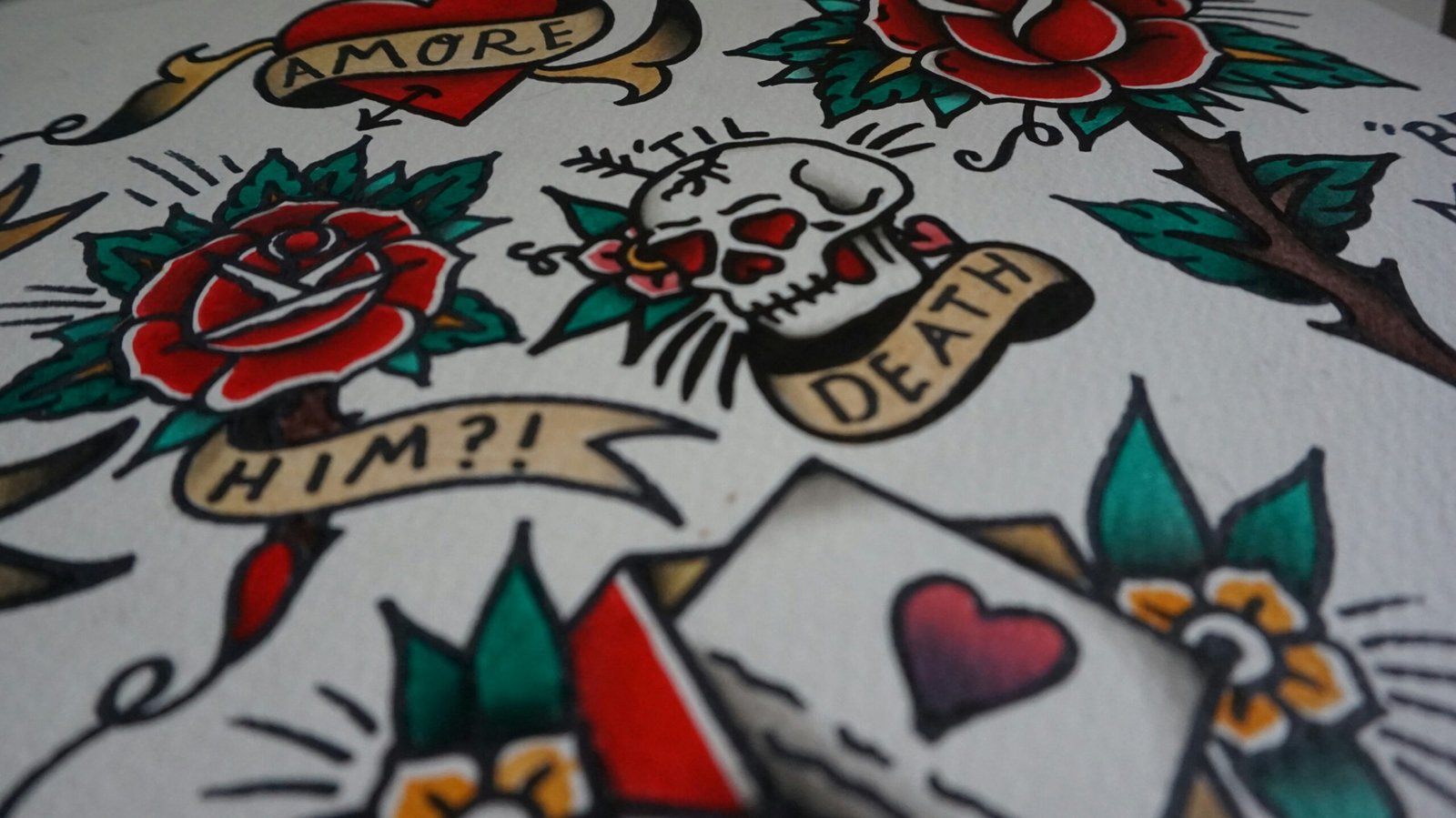Understanding the Basics of Tattoo Design
Tattoo design is a complex and multifaceted art form that has evolved significantly throughout history. The historical significance of tattoos varies across different cultures, where they have served as symbols of status, rites of passage, and personal expression. This rich cultural backdrop informs the modern practice of tattooing, where artists blend traditional techniques with contemporary styles to create unique body art.
Various styles and trends have emerged over the years, each with its own distinct aesthetic and technical requirements. From the bold lines and vibrant colors of traditional American tattoos to the intricate details of Japanese Irezumi, the diversity in tattoo styles is vast. Additionally, modern trends like watercolor tattoos and minimalist line work have gained popularity, expanding the creative possibilities for both artists and clients.
The fundamental principles of design are crucial in tattooing. Effective line work forms the backbone of a tattoo, providing structure and clarity. Lines must be clean and consistent to ensure the design’s longevity and visual appeal. Shading adds depth and dimension, enhancing the realism or stylization of the tattoo. Proper shading techniques can create stunning effects, from smooth gradients to dramatic contrasts.
Color theory is another essential aspect. Understanding how colors interact and complement each other can elevate a tattoo from good to great. Whether working with a monochromatic palette or a vibrant spectrum, artists must consider factors like skin tone and placement to achieve the desired effect. The strategic use of color can highlight specific elements of the design, making them stand out and adding emotional resonance.
Placement on the body is equally important. The contours and movement of the human body can influence how a tattoo is perceived. A design that looks perfect on paper might need adjustments to fit the chosen body part seamlessly. Factors like the size, shape, and natural flow of the area must be considered to ensure the tattoo enhances the body’s form rather than disrupting it.
By understanding these foundational elements—historical context, stylistic trends, design principles, and anatomical considerations—both aspiring tattoo artists and clients can appreciate the intricacies involved in creating exceptional tattoo designs.
The Creative Process: From Concept to Final Design
The journey of creating a tattoo begins with gathering inspiration and developing a concept that uniquely reflects the client’s personality and preferences. Start by engaging in a thorough consultation to understand the client’s vision, interests, and any specific elements they wish to incorporate. Collect references from various sources such as art, nature, culture, or personal experiences to build a rich pool of ideas. This foundational step ensures the design is both meaningful and personalized.
Once the initial concept is clear, move on to sketching and refining ideas. Begin with rough sketches, allowing yourself the freedom to explore different interpretations and styles. Create multiple drafts and don’t hesitate to experiment with various compositions and details. This iterative process helps in honing the design, making it more cohesive and resonant with the client’s expectations. Seeking feedback during this stage is crucial; share your drafts with colleagues or mentors to gain constructive insights and perspectives.
Utilizing the right tools and software can significantly enhance the design process. Traditional tools like pencils, markers, and sketchbooks are invaluable for initial drafts. However, digital tools such as graphic tablets and design software like Adobe Illustrator or Procreate offer precision and flexibility for refining your work. These tools enable you to experiment with different textures, colors, and effects, ultimately creating a polished and detailed final design.
Collaboration with the client is a cornerstone of creating a successful tattoo design. Maintain open communication throughout the process, regularly sharing updates and incorporating their feedback. This collaborative approach ensures the design remains true to the client’s vision and fosters a sense of ownership and satisfaction. Once the final design is approved, prepare it for the tattooing process by creating a clean, high-resolution stencil that the tattoo artist can easily transfer onto the skin.
By following these steps, from gathering inspiration to refining the final design, you will be well-equipped to bring any tattoo concept to life, ensuring it is both artistically compelling and deeply personal for the client.
